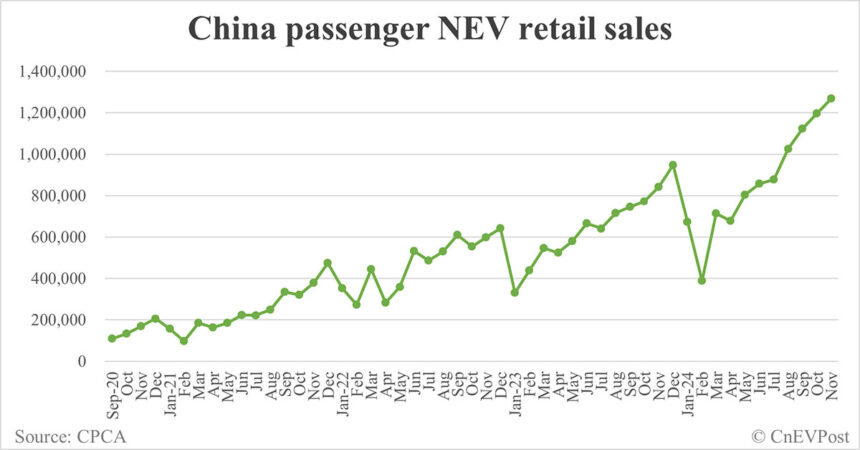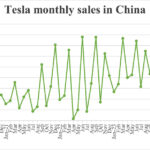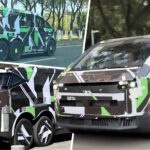In November, retail sales of new energy vehicles (NEVs) in China surpassed 1 million units for the fourth consecutive month, marking a new milestone in the country’s electric vehicle market. Despite this achievement, the penetration of NEVs saw a sequential decline for the third consecutive month, indicating a shift in consumer preferences towards gasoline vehicles.
According to the China Passenger Car Association (CPCA), passenger NEVs in China recorded retail sales of 1.268 million units in November, a 50.5 percent increase year-on-year and a 5.9 percent increase from October. Battery electric vehicles (BEVs) accounted for 59.8 percent of all NEV sales, with 758,000 units sold, while plug-in hybrid electric vehicles (PHEVs) and extended-range electric vehicles (EREVs) contributed 30.7 percent and 9.5 percent respectively.
Despite the strong performance of NEVs, the overall growth rate of passenger car retail sales outpaced that of NEVs, with 2.423 million units sold in November, representing a 16.5 percent increase year-on-year and a 7.1 percent increase from October. This trend indicates a resurgence in demand for gasoline vehicles, driven by government incentives and trade-in policies.
The penetration rate of NEVs at retail stood at 52.3 percent in November, marking the fourth consecutive month above the 50 percent mark but showing a slight decrease from the previous month. Local Chinese brands dominated NEV sales, accounting for 73.2 percent of the market, followed by luxury brands at 32.9 percent and mainstream joint venture brands at 6.8 percent.
Wholesale sales of passenger NEVs reached a record 1.438 million units in November, a 49.6 percent increase year-on-year but a 4.9 percent decrease from October. The penetration rate of NEVs at wholesale dropped below 50 percent, with local Chinese brands leading the market at 64.7 percent.
In terms of exports, 80,000 passenger NEVs were shipped from China in November, with BEVs accounting for 73 percent of total exports. A0- and A00-class BEVs were the top contributors to NEV exports, highlighting China’s growing presence in the global electric vehicle market.
Overall, the performance of NEVs in China remains robust, with record-breaking sales figures and increasing market penetration. However, the recent decline in penetration rates suggests a shifting landscape in the automotive industry, with gasoline vehicles regaining traction in the market. It will be interesting to see how the competition between NEVs and traditional vehicles evolves in the coming months.







